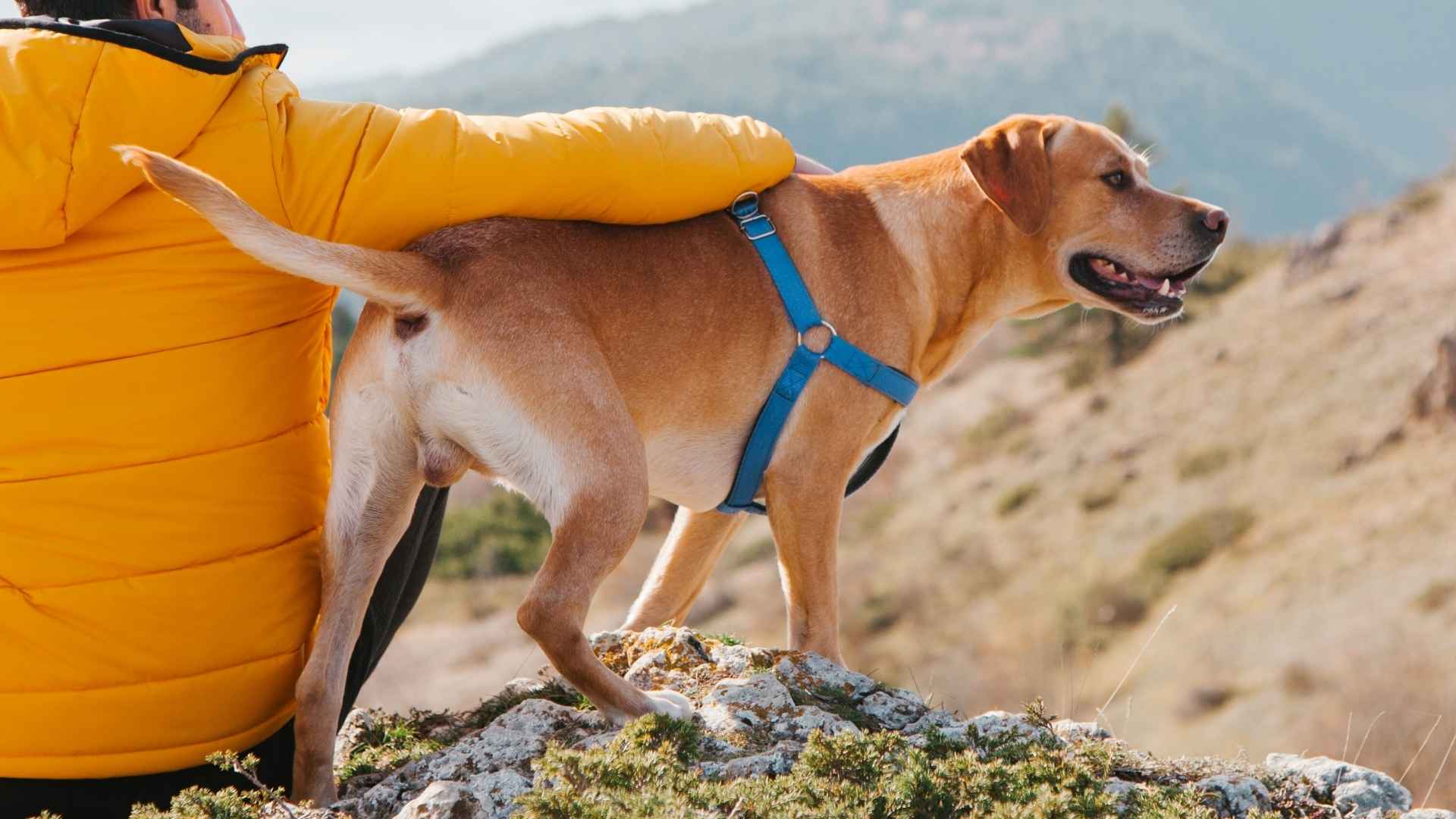Hiking with a dog can be one of life’s greatest pleasures—fresh air, open trails, and the companionship of a four-legged adventurer. The right dog can turn every trek into a joyful bonding experience. But not all breeds are built for the trail. While some dogs thrive on long walks, rugged terrain, and nonstop activity, others may struggle with overstimulation or develop destructive behaviors when their needs aren’t met during outdoor excursions.
Certain breeds, although high-energy and athletic, may become a challenge in hiking scenarios. Whether it’s an intense prey drive, difficulty staying focused, or poor recall, these dogs can sometimes be more trouble than help on the trail. They may dig, bark, chase wildlife, or chew gear—especially if left unsupervised or under-exercised.
In this guide, we’ll explore dog breeds that are commonly misunderstood as perfect trail companions but might cause unexpected problems during your outdoor adventures. Knowing which breeds may need extra preparation or alternative activities can save you—and your gear—from unnecessary stress.
Destructive Dog Breeds For Hiking
1. German Shorthaired Pointer
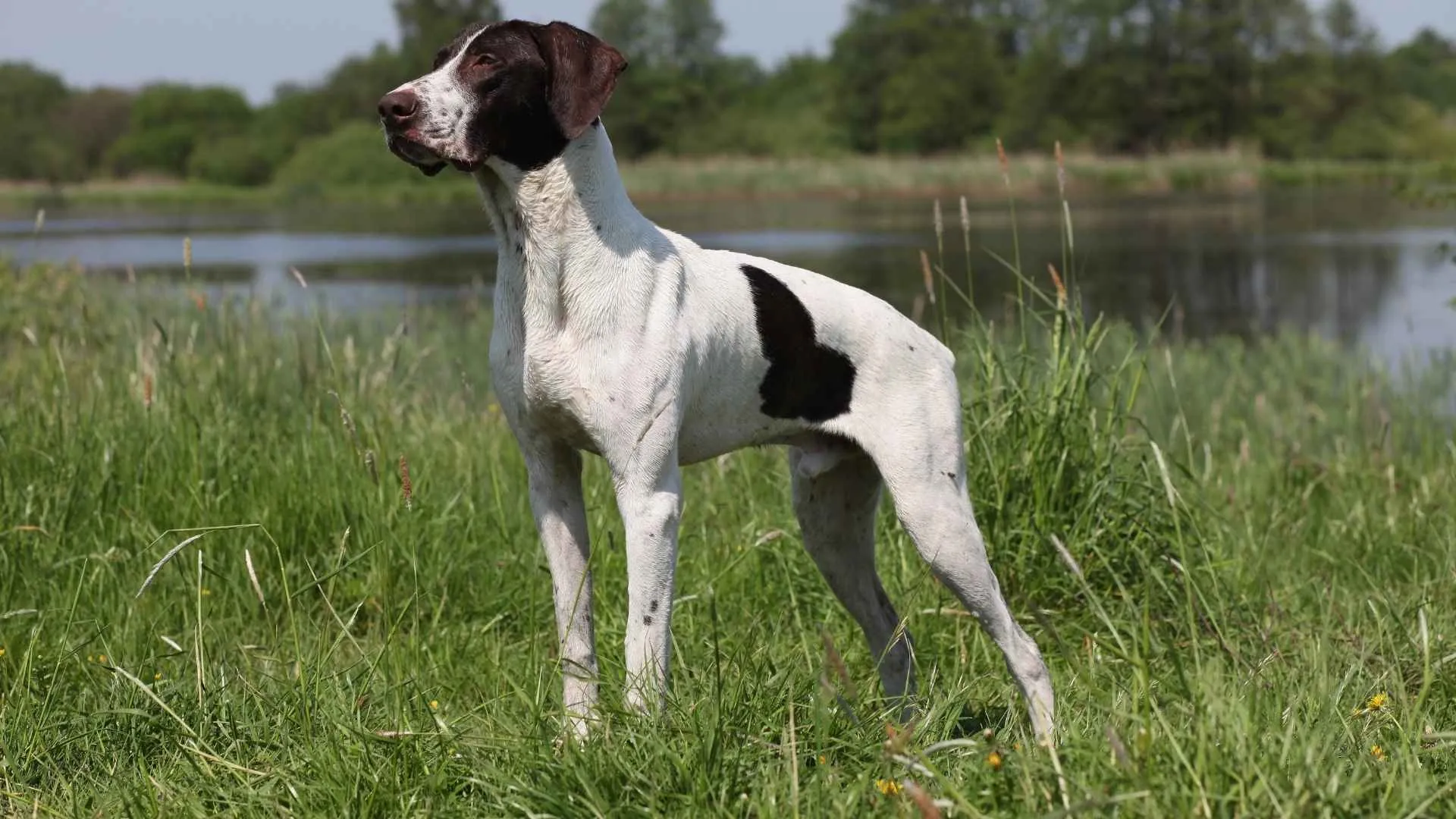
The German Shorthaired Pointer, often called GSP, is a versatile sporting breed that originated in Germany in the early 1700s. Bred to track, point, and retrieve game on land and water, this breed boasts both agility and endurance.
The AKC describes the German Shorthaired Pointer as intelligent and eager to please. GSPs typically stand 21–25 inches tall and weigh between 45 and 70 pounds.
They’re recognized by their athletic frame, short water-repellent coat in liver or liver-and-white patterns, and expressive almond-shaped brown eyes. A member of the Sporting Group, they generally live between 10 to 12 years.
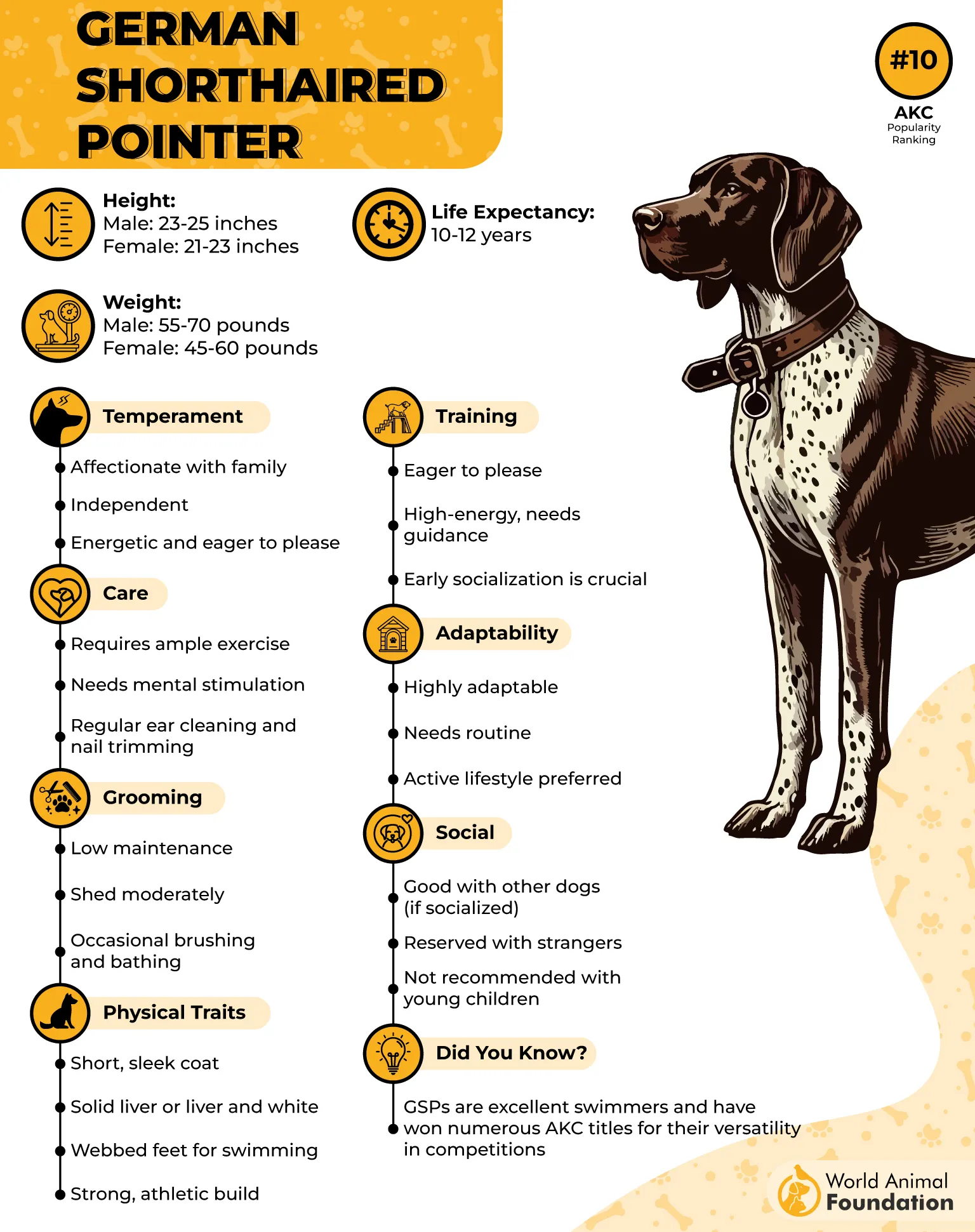
Exercise
With a natural zest for life, GSPs require intense daily activity to avoid behavioral issues. At least one to two hours of vigorous exercise—beyond a simple walk—is essential. Activities like running, fetching, or agility training keep both their body and mind engaged.
When under-stimulated, they can become destructive: digging, chewing, or pacing out of frustration. Their drive to explore, fueled by their exceptional scenting ability, means that without structured outlets, they’re likely to channel energy in undesirable ways.
Fun Fact: German Shorthaired Pointers are prized for their ability to locate and point game, standing still with their nose fixed toward the scent until given a command.
2. Siberian Husky
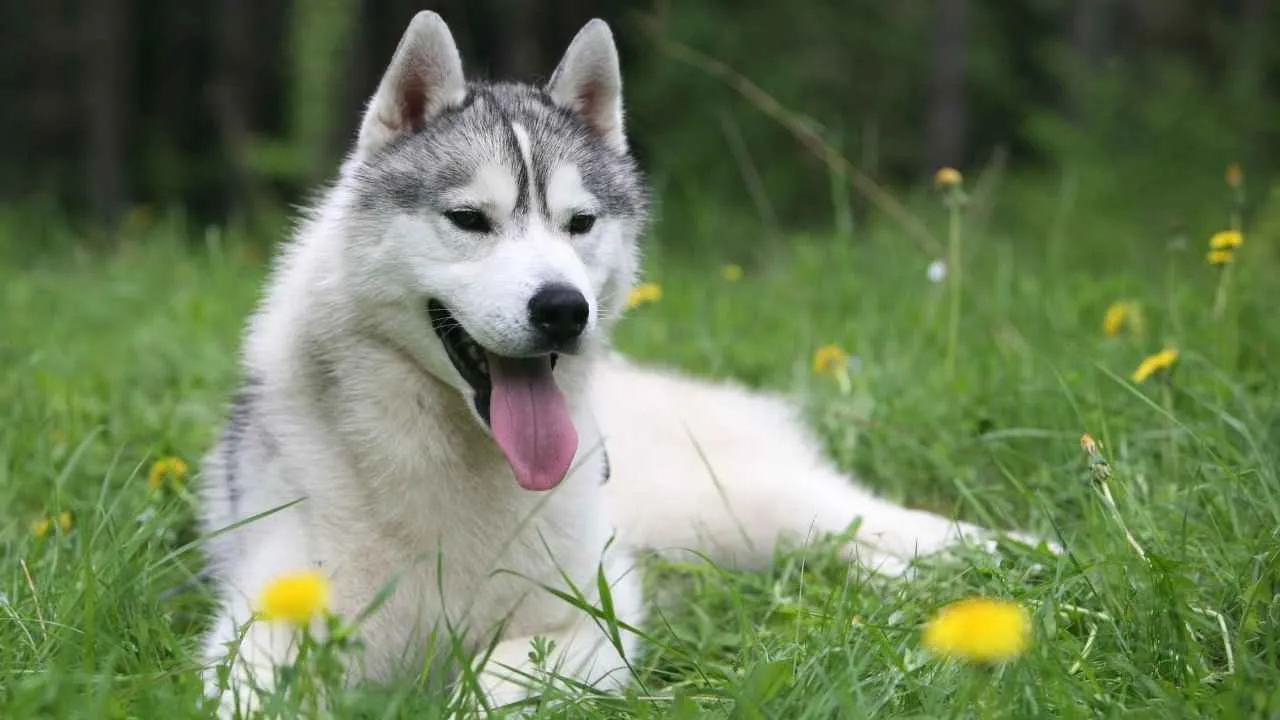
Originating from Siberia and developed by the Chukchi people, the Siberian Husky is a powerful, athletic working dog bred for sled-pulling across vast, icy landscapes. This breed later gained international fame for its heroic role in the 1925 “Great Race of Mercy” to deliver medicine across Alaska.
Standing 20 to 24 inches tall and weighing between 35 and 60 pounds, Huskies boast a dense double coat in a variety of colors and markings, giving them a striking, wolf-like appearance. They belong to the Working Group and typically live between 12 to 15 years. WebMD states that Siberian Huskies make excellent pets for various types of households, particularly those with children and other dogs.
Though friendly and intelligent, Huskies are notorious for their independence and mischievous behavior. Their tendency to escape fenced areas, chew furniture, or dig when bored or left alone can make them challenging hiking companions, especially off-leash.
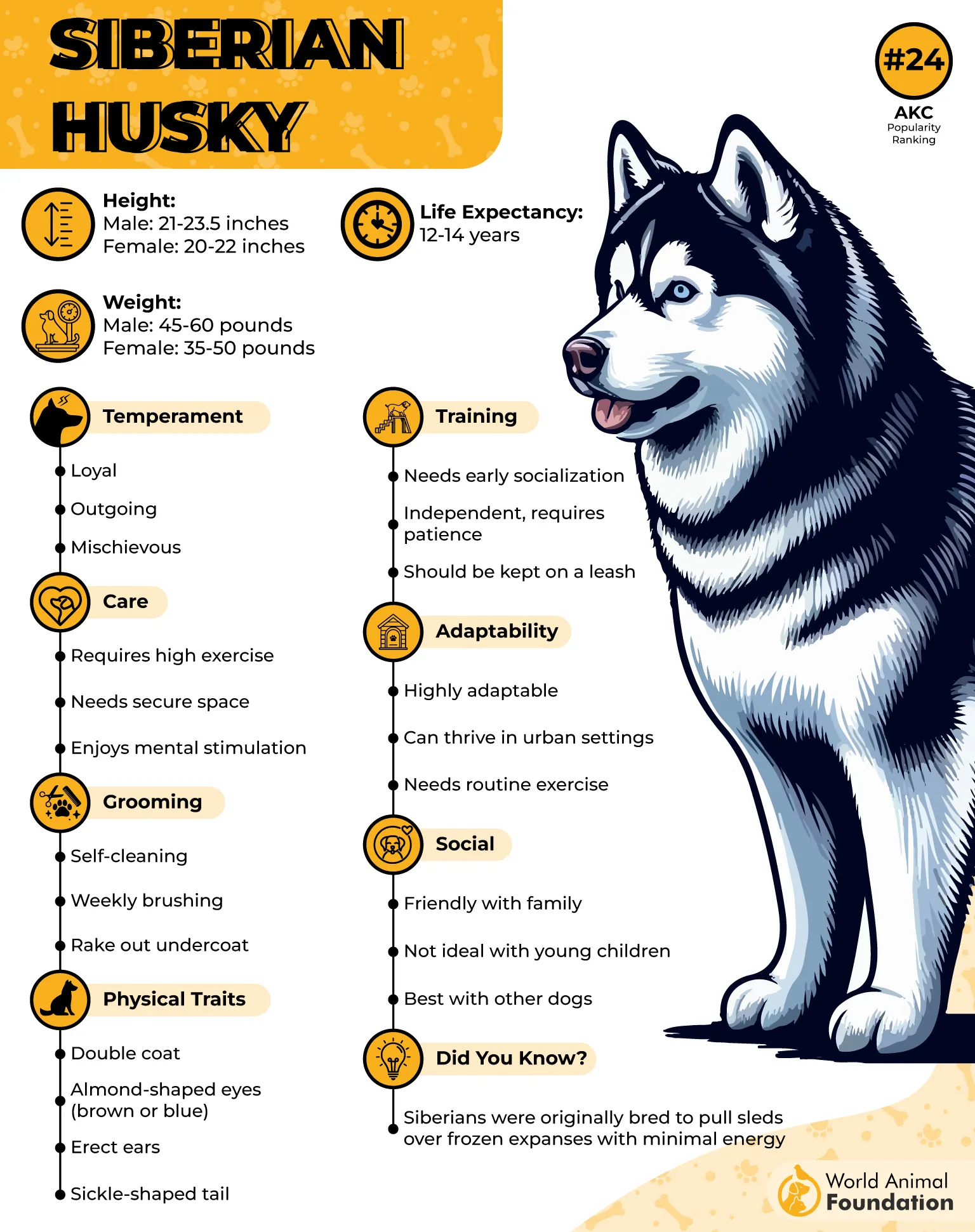
Exercise
Bred for endurance, adult Siberian Huskies require at least 2 hours of daily activity. Long-distance runs, vigorous walks, and opportunities to explore open terrain help curb destructive behaviors. Without adequate stimulation, they may resort to escape attempts or damage gear and surroundings out of frustration.
Fun Fact: Balto, the lead dog in the legendary 1925 serum run, has a statue in New York’s Central Park honoring his heroism.
3. Dalmatian
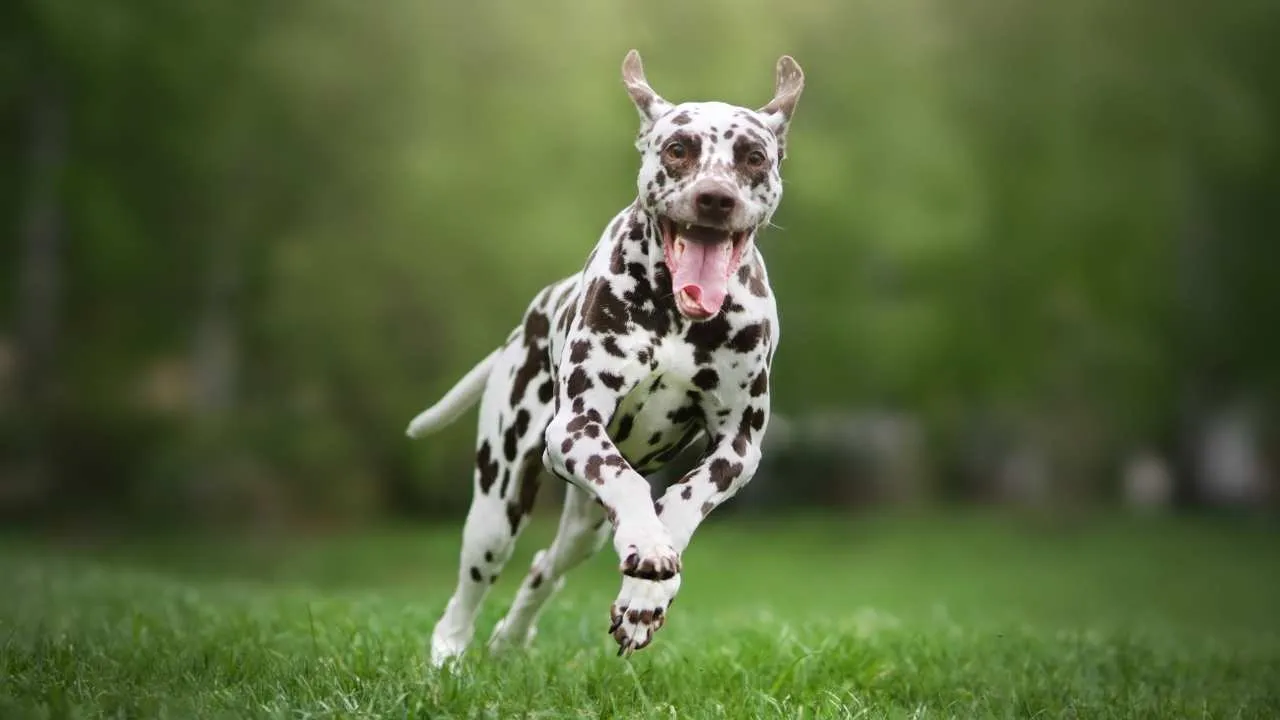
The Dalmatian is a striking, medium-to-large breed known for its glossy white coat adorned with distinct black or liver-colored spots. The PDSA highlights that Dalmatians are famous for their striking spotted coats and are exceptionally energetic and spirited dogs.
Standing 19 to 24 inches tall and weighing between 45 to 70 pounds, Dalmatians originated from the Dalmatia region of Croatia, though their precise ancestry remains uncertain.
Historically used as carriage dogs, war sentinels, and firehouse mascots, they are part of the Non-Sporting Group and generally live 11 to 13 years. Their sleek build, strong muscles, and boundless stamina once made them ideal escorts for horse-drawn vehicles.
Dalmatians bring energy and enthusiasm to the trail, but their needs can become problematic if not managed. These highly social dogs can develop destructive habits like chewing or digging if under-exercised or left without enough attention. Their intelligence also means they require physical and mental stimulation.
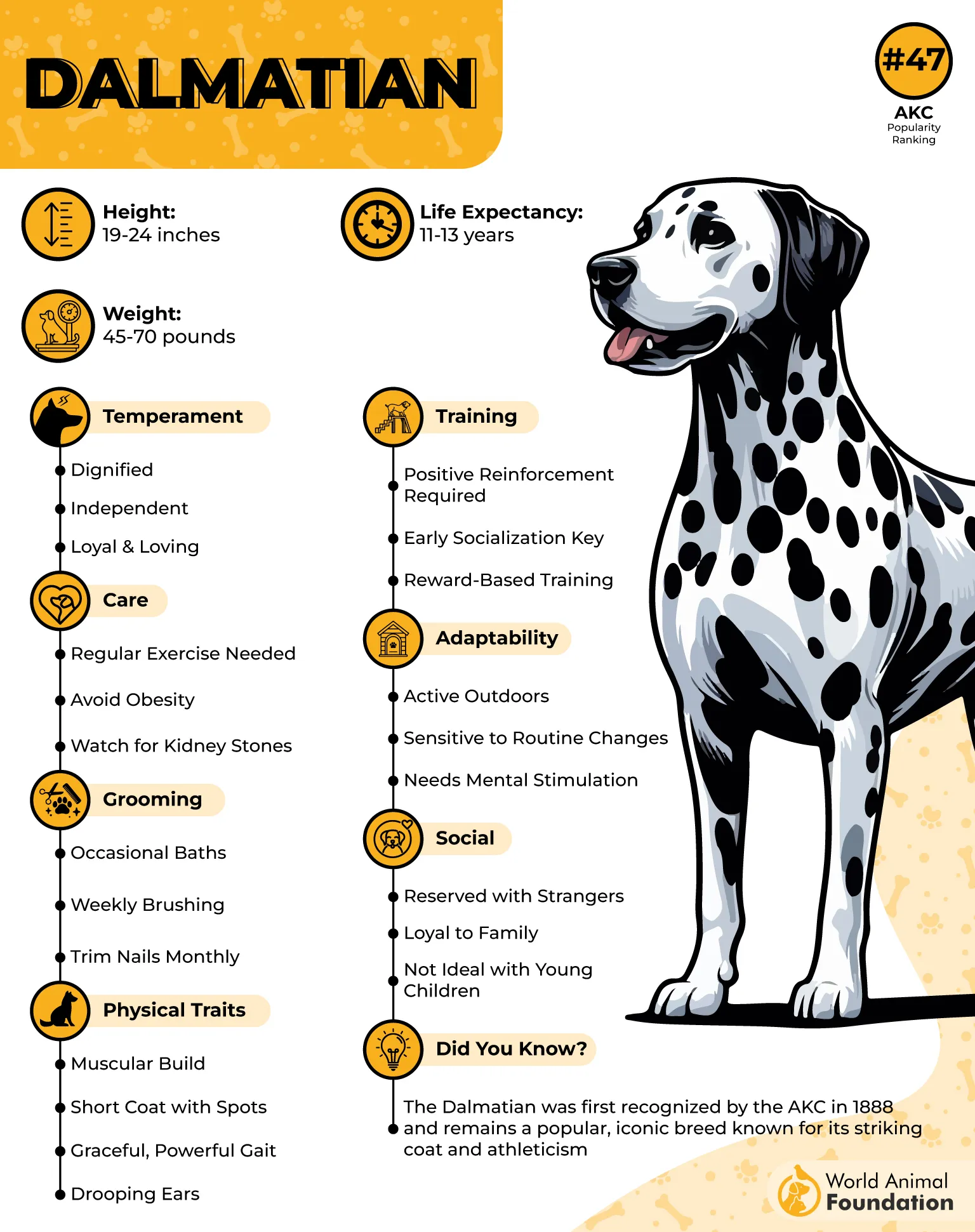
Exercise
Dalmatians need a minimum of two hours of exercise daily, split into multiple sessions. This includes walks, off-leash runs in secure areas, and interactive play. Without this level of activity, they can quickly become restless and destructive.
Did you know? Dalmatians were once trained to run alongside fire wagons, calming the horses and guarding equipment at fire scenes.
4. Border Collie
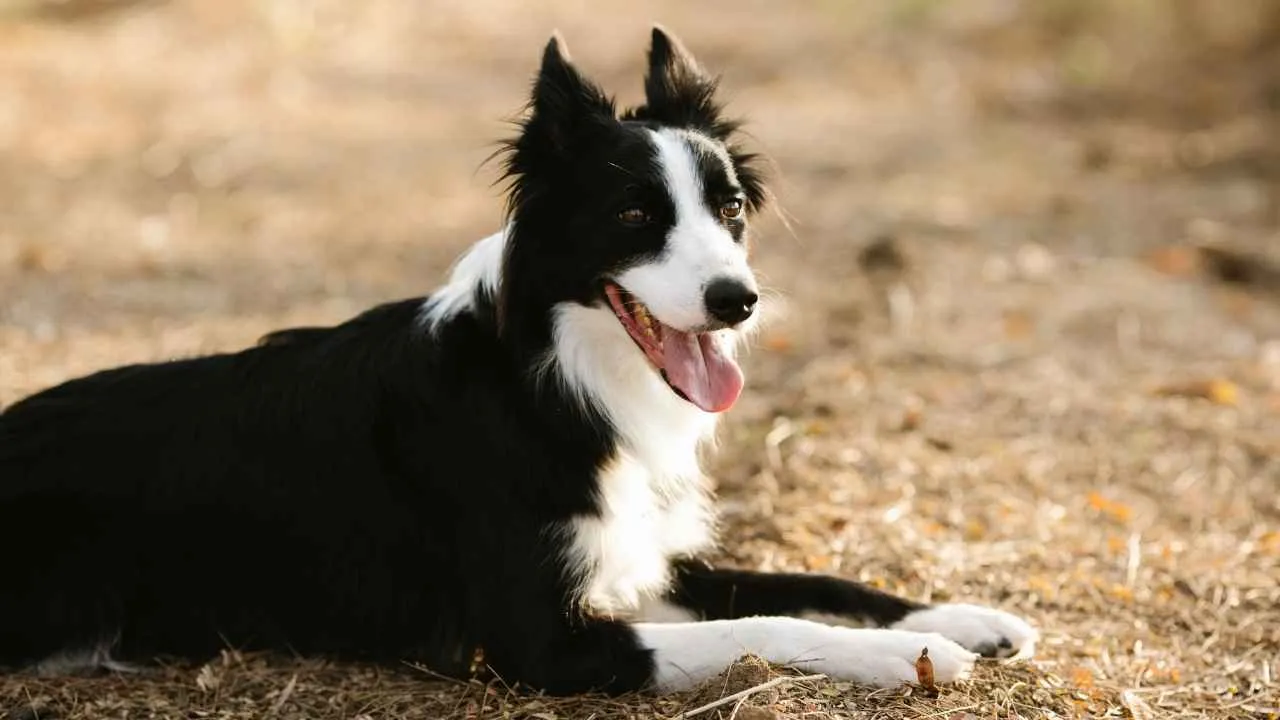
Originating from the borderlands of Scotland and England, the Border Collie is a herding dog known for its unmatched intelligence, sharp instincts, and work ethic.
Standing between 18 to 22 inches tall and weighing 30 to 55 pounds, this medium-sized breed is recognized for its rough or smooth medium-length double coat, which can appear in a wide range of colors, including black-and-white, red merle, and tricolor. A member of the Herding Group, the Border Collie lives 12 to 15 years and was officially recognized by the AKC in 1995.
While they’re often praised as the smartest dogs in the world, this brilliance comes with high demands. Border Collies thrive on structure and purpose, which is why they’re commonly seen in agility competitions and sheepdog trials.
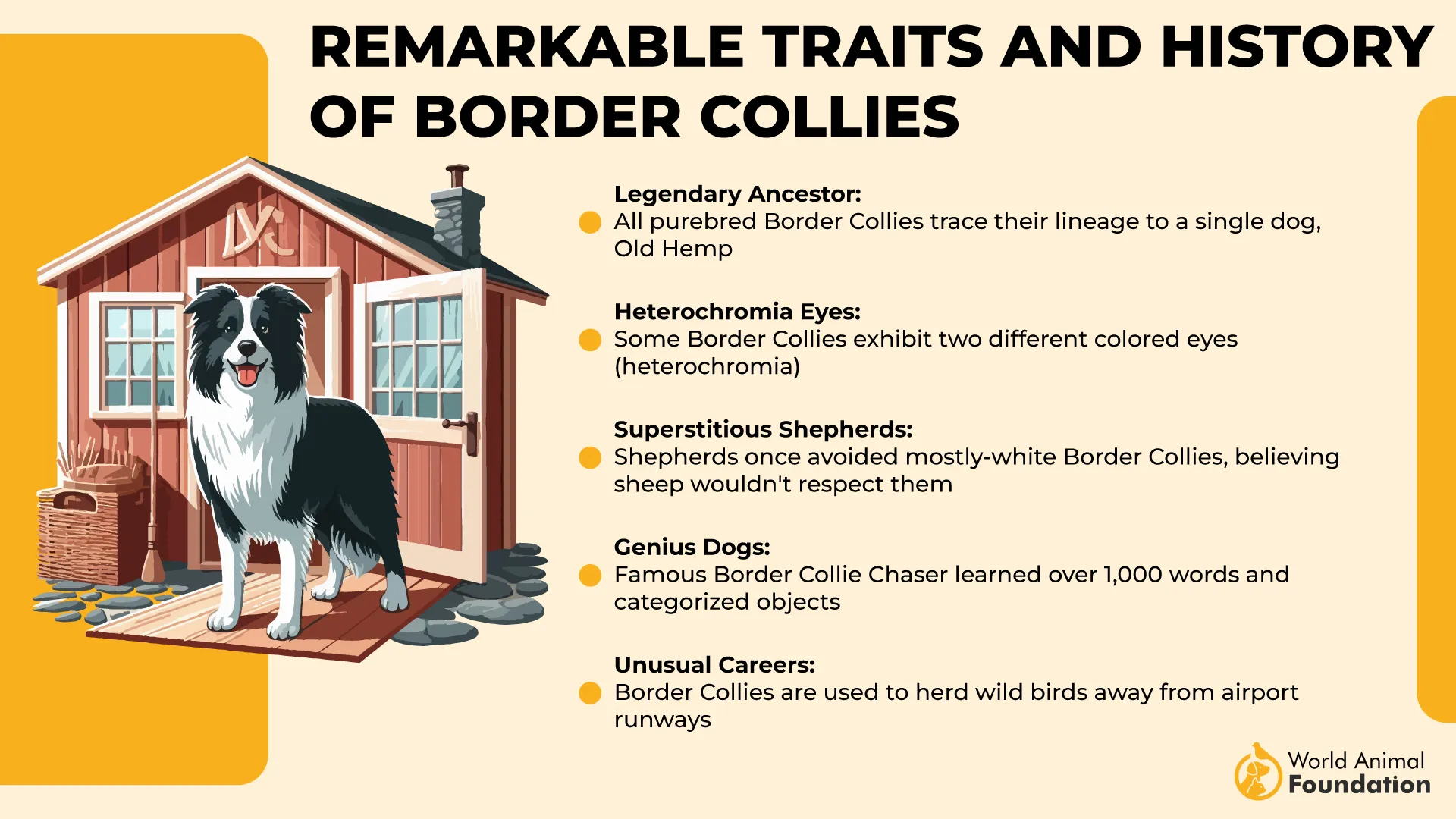
Without enough mental and physical stimulation, however, they can develop destructive behaviors such as digging, excessive barking, or chewing gear—especially during long hikes or idle camping.
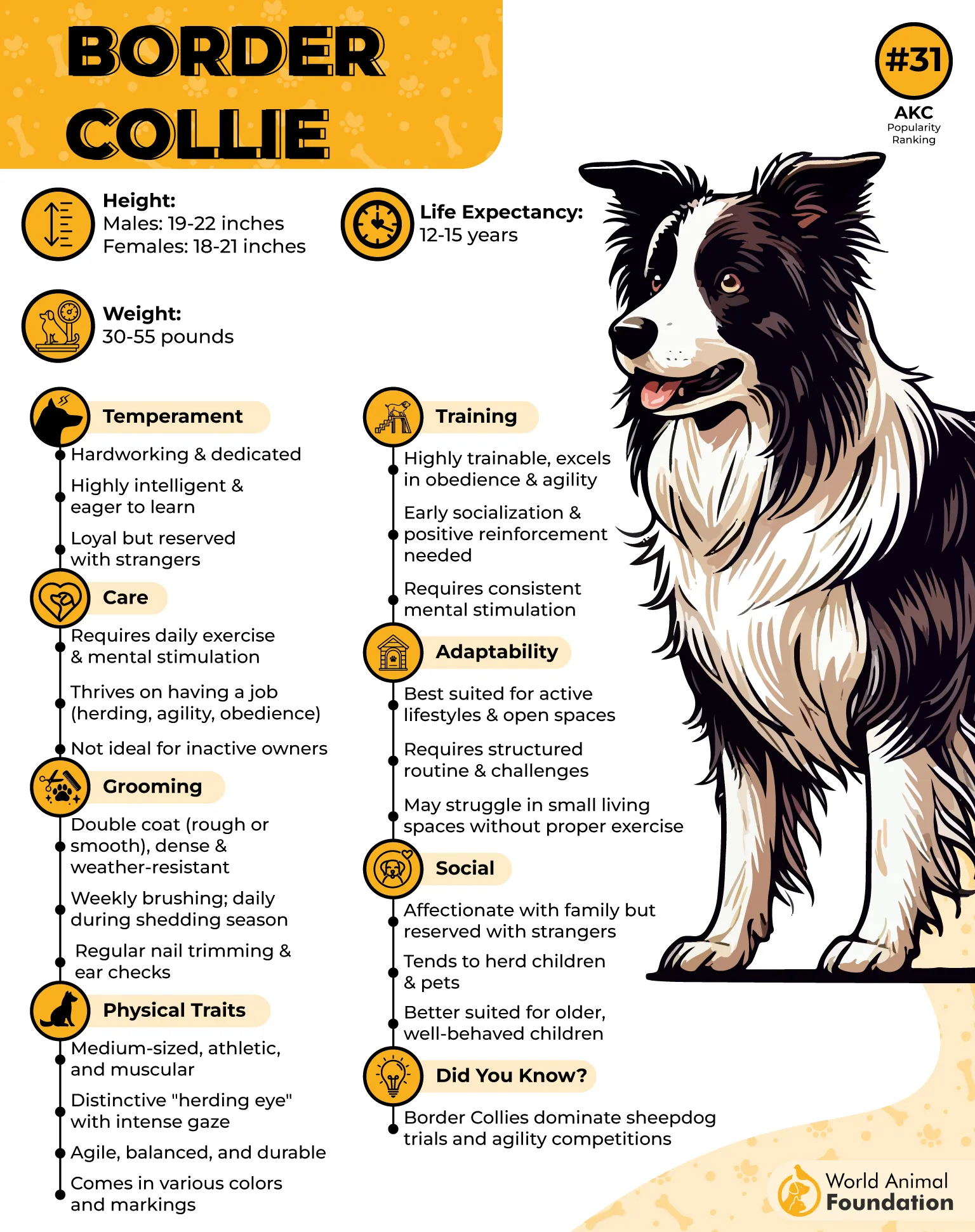
Exercise
This breed requires a minimum of two hours of activity daily. For Border Collies, the more exercise, the better—spread across long walks, off-leash running in safe areas, and mentally stimulating games to prevent behavioral issues.
Did you know? A Border Collie named Chaser could recognize over 1,000 different objects by name.
5. Australian Shepherd
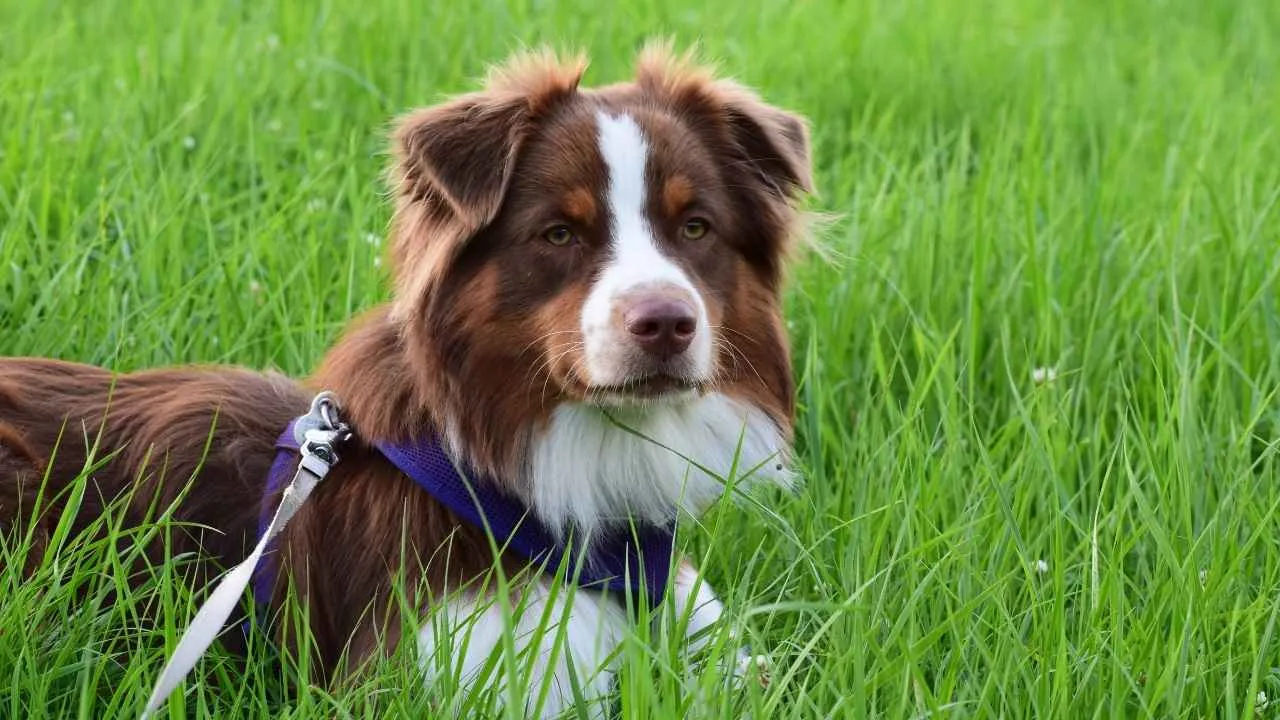
Despite its name, the Australian Shepherd was developed in the western United States during the late 19th century. Closely associated with ranch life and rodeos, this breed descends from European herding dogs, including the Pyrenean Shepherd.
Aussies stand about 18 to 23 inches tall and weigh between 40 and 65 pounds. They have a striking medium-length coat that can appear in black, blue merle, red merle, or solid red, with or without white markings. Their tails are often naturally bobbed, and their expressive eyes may be brown, blue, or even different colors. Australian Shepherds belong to the Herding Group and have a lifespan of 12–15 years.
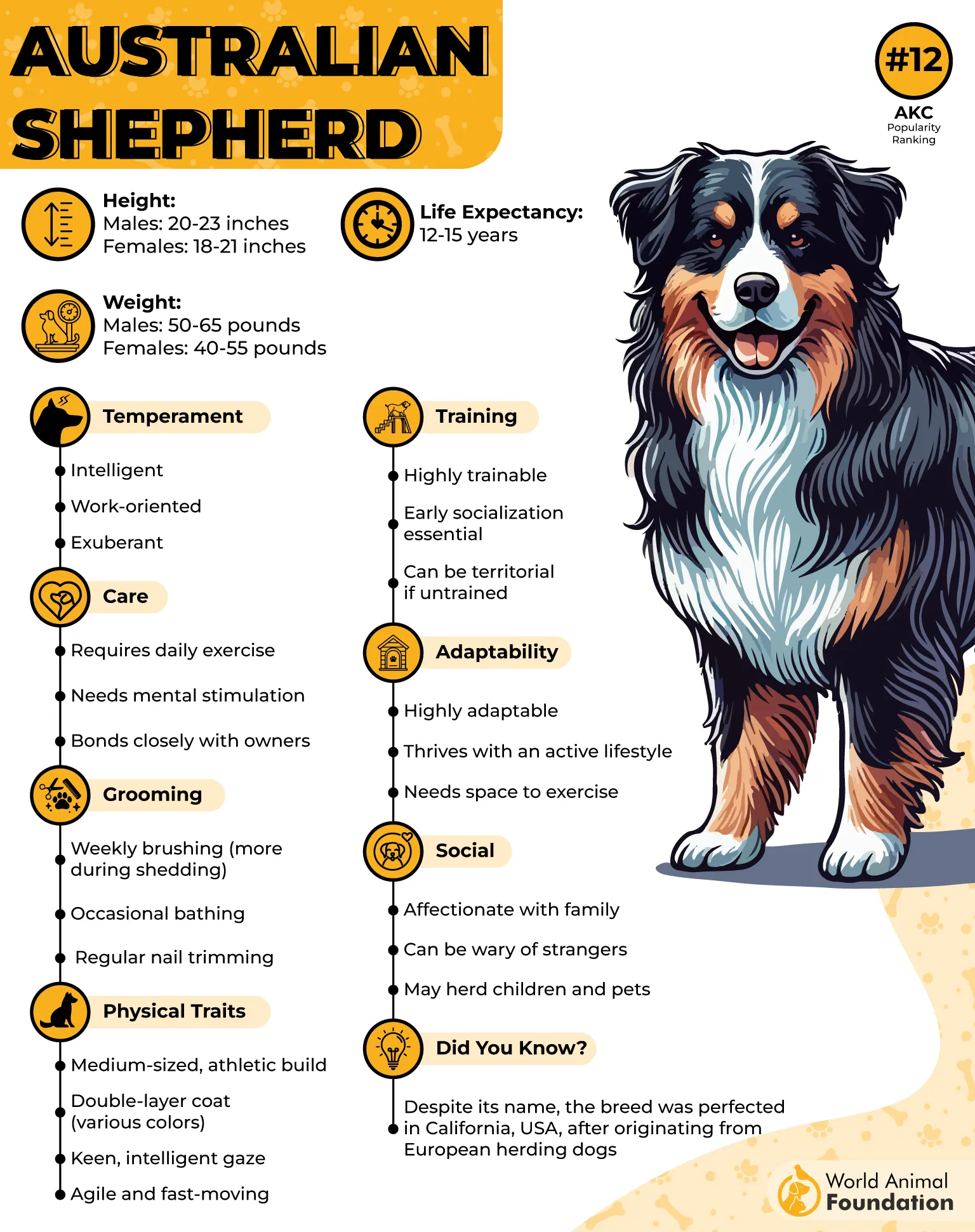
Exercise
Australian Shepherds are non-stop energy machines. Originally bred for herding livestock across rough terrain, they require vigorous daily exercise, far beyond a casual walk. Long hikes, trail running, and high-intensity dog sports like agility are necessary to keep them mentally and physically satisfied.
Without proper stimulation, they are prone to destructive behaviors like digging, barking, and chewing. A fenced yard and consistent advanced training are also strongly recommended to help direct their boundless drive.
Fun Fact: Aussies are a staple of the rodeo world, beloved for their herding instincts and close bond with cowboy culture.
6. Standard Poodle
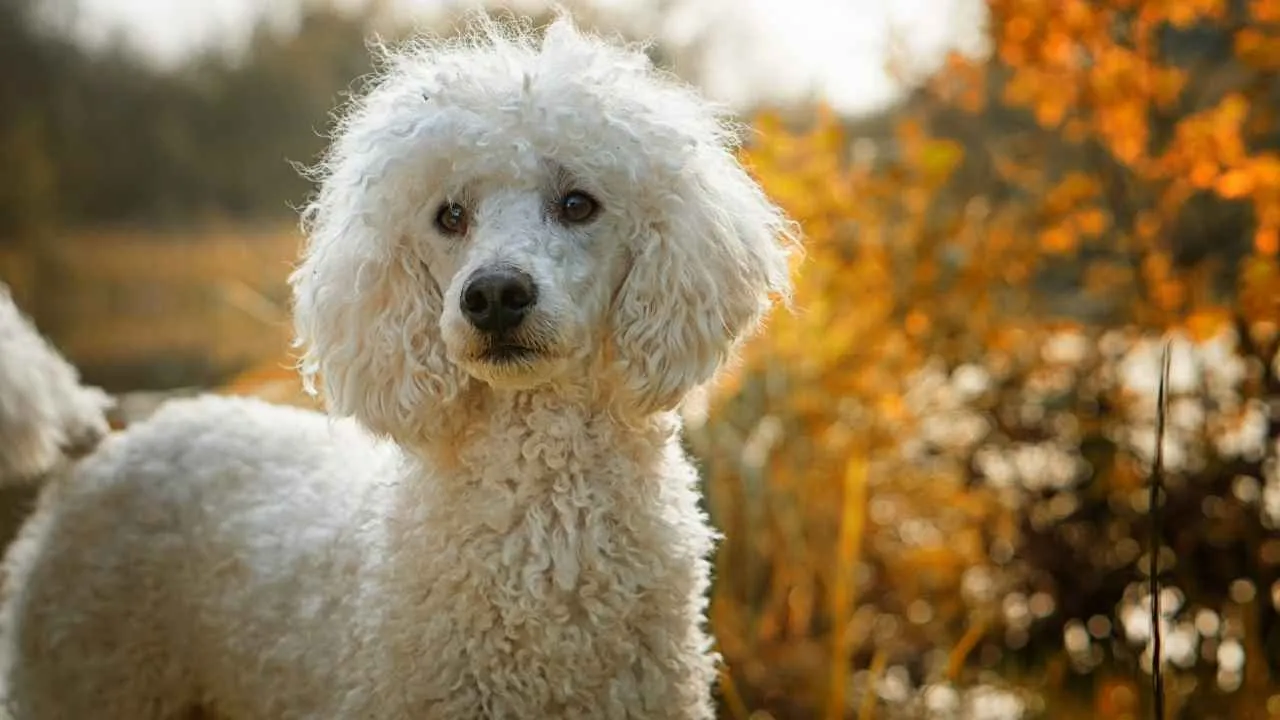
Often associated with elegance and show rings, the Standard Poodle is actually a highly athletic and versatile breed. Originating in Germany and famously embraced in France, the Poodle was originally bred as a duck retriever, a fact reflected in its name, derived from the German word pudelin, meaning “to splash.”
This breed belongs to the Non-Sporting Group and stands over 15 inches tall, weighing anywhere from 40 to 70 pounds. With a dense, curly coat that sheds very little, Poodles are considered a suitable option for allergy-sensitive owners, though their coat demands frequent grooming.
Their intelligence and physical capability make them appear ideal for hiking, but they can also develop destructive habits without proper outlets for their energy. Poodles are quick learners and crave mental stimulation, which, if unmet, can lead to digging, chewing, or restlessness on the trail.
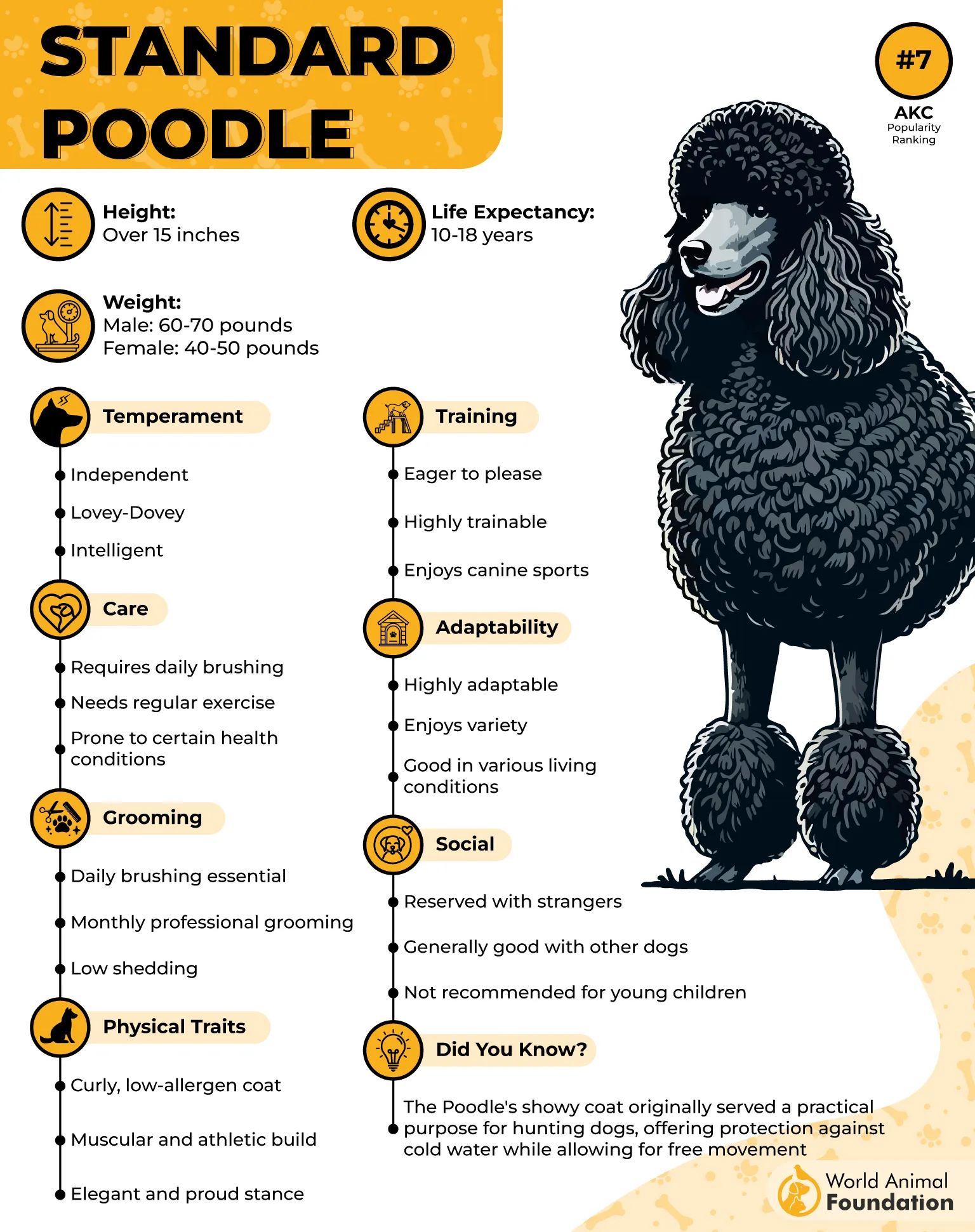
Exercise
Standard Poodles need at least an hour of daily activity. They excel in running, swimming, and interactive games. Without enough exercise, their high intelligence and energy may manifest as behavioral issues.
Did you know? The Poodle’s iconic haircut was originally designed to improve swimming ability while keeping vital organs warm.
7. Labrador Retriever
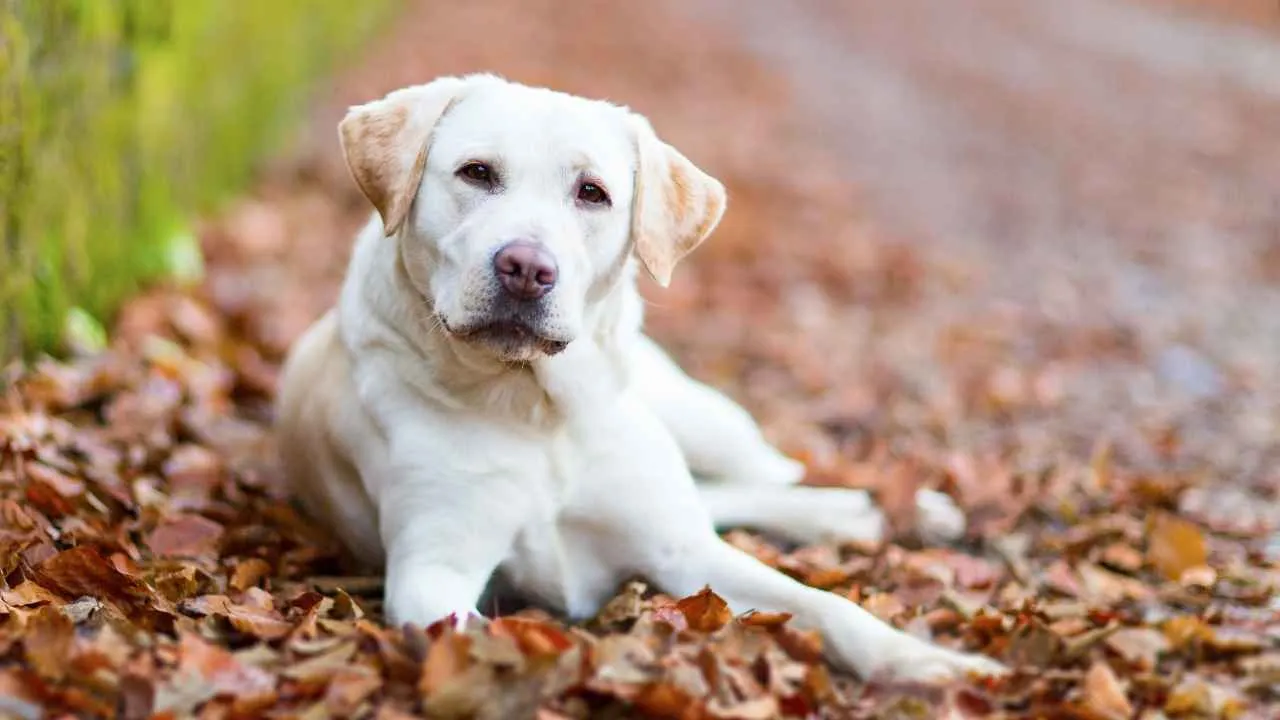
The Labrador Retriever, also known simply as the Lab, is one of the most beloved breeds in the Sporting Group. Originally from Newfoundland, it was developed in the 1800s as a gun dog adept at retrieving game from land and water.
Labs typically stand between 21.5 to 24.5 inches tall and weigh 55 to 80 pounds. Their short, dense double coat comes in black, yellow, or chocolate, and they are especially known for their strong “otter tail” used for steering while swimming. These active dogs have an average life span of 10 to 12 years and are known for their rugged build, intelligence, and enthusiasm.
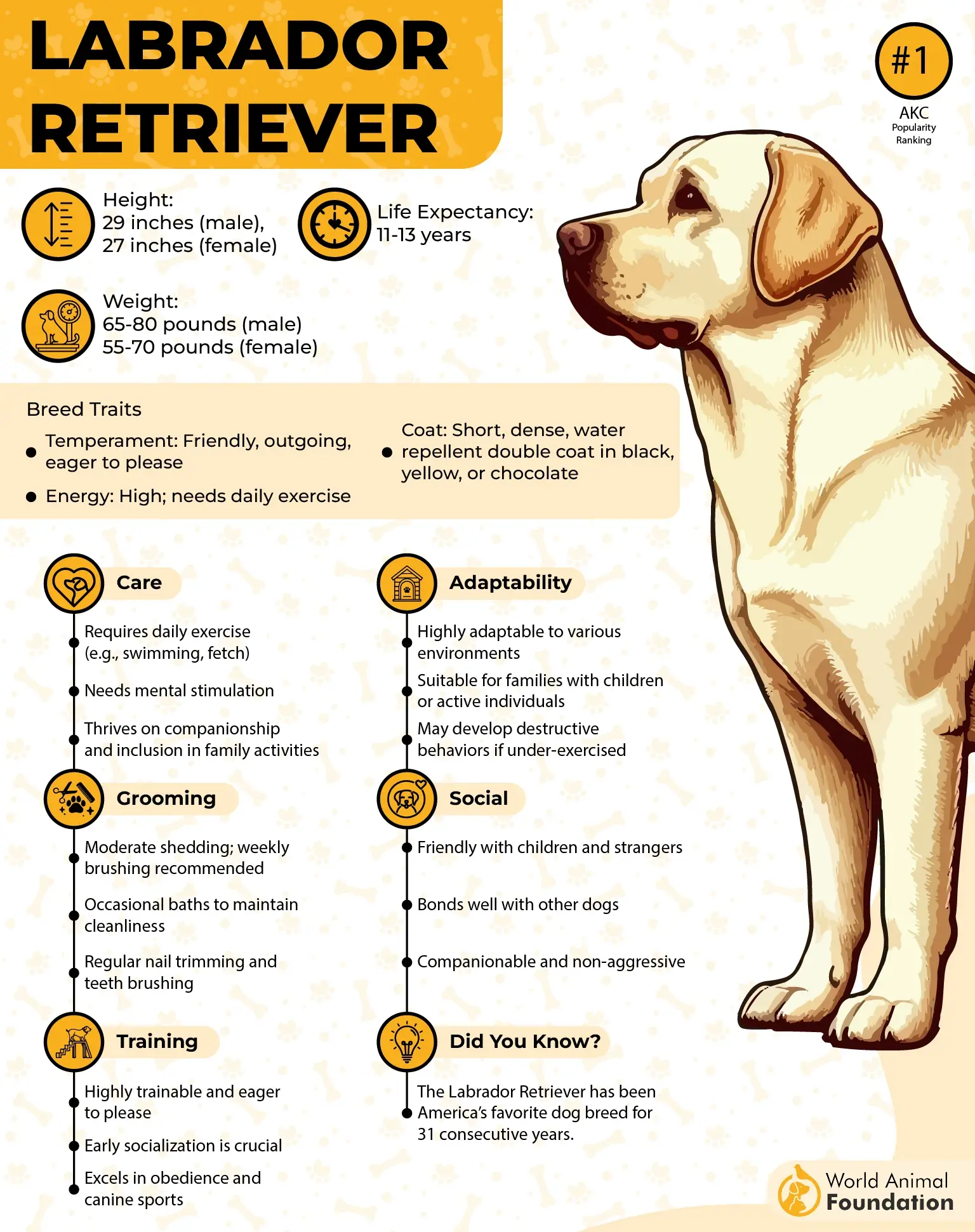
Exercise
With their high energy levels and athleticism, Labrador Retrievers need at least two hours of exercise each day to stay mentally and physically healthy.
Without sufficient activity—such as hiking, swimming, or vigorous play—Labs can become bored and channel their pent-up energy into destructive behaviors like chewing, digging, or excessive barking. Active engagement is key to preventing chaos on the trail.
Fun Fact: A Labrador named Endal once saved his disabled owner’s life and was honored as “Dog of the Millennium” for his incredible service.
Conclusion
While hiking with your dog can be a deeply rewarding experience, not every breed is cut out for life on the hiking trail. Some dogs, despite their popularity or high energy, can exhibit destructive behaviors if their mental and physical needs aren’t fully met. Breeds like Labrador Retrievers and German Shorthair Pointers have incredible stamina, but without structure and adequate stimulation, they may chew, dig, or become difficult to manage on the trail.
Even some of the best dog breeds for hiking, such as Australian Cattle Dogs, Jack Russell Terriers, and the majestic Alaskan Malamute, come with traits that require extra attention, especially when dealing with intense prey drives, a thick double coat, or high energy levels. If you’re looking for the best hiking dog breeds, don’t overlook well-trained mixed breeds or even a long-coated dog with a calm disposition. With preparation and awareness, these breeds can still become great hiking companions—or find more suitable outlets for their adventurous spirit.


